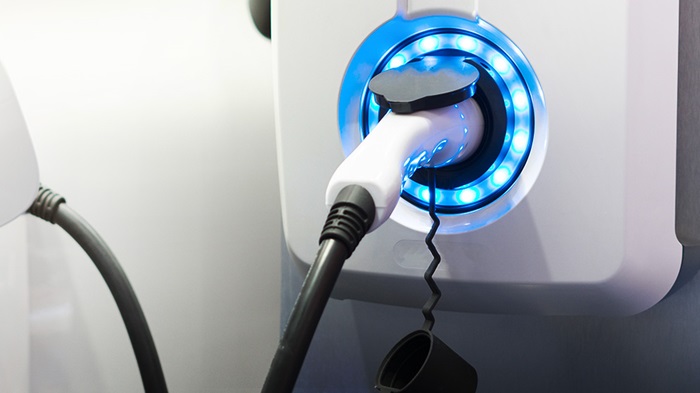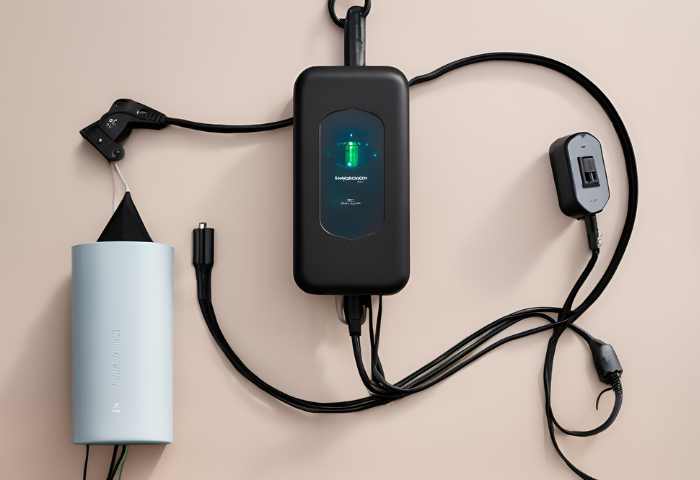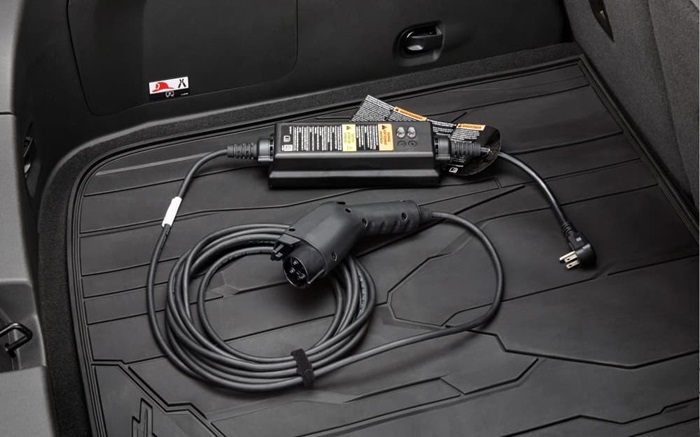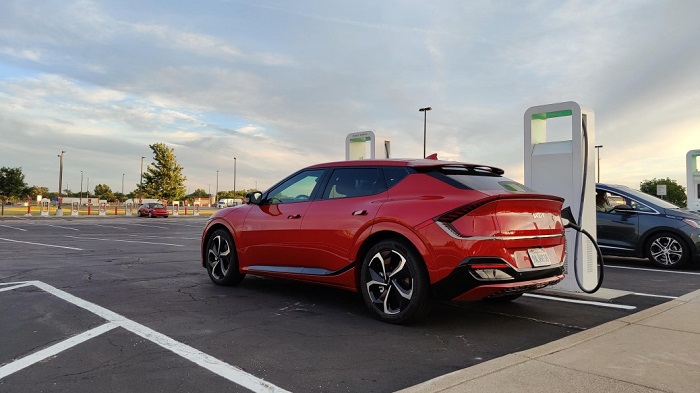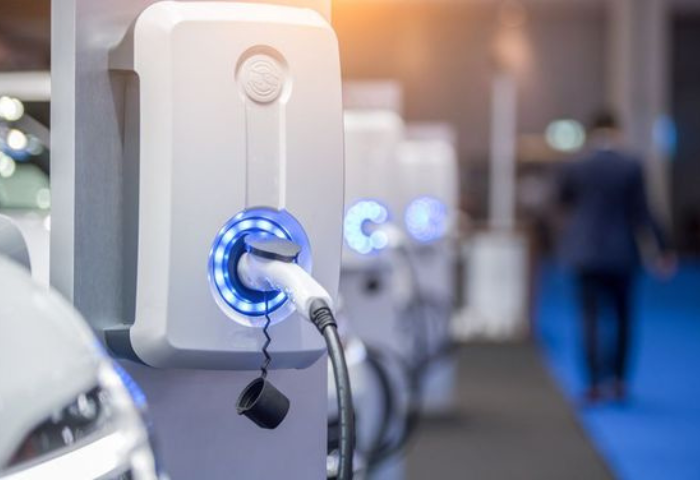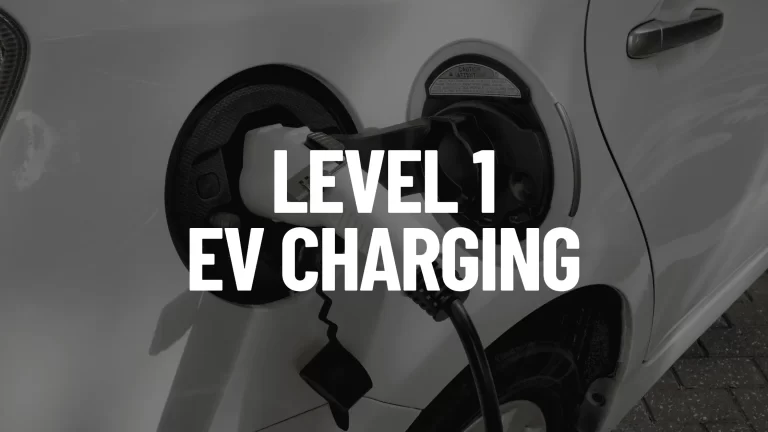Level 1 EV Chargers: A Convenient Option for Everyday Charging
Electric vehicles (EVs) are rapidly gaining popularity, and a key aspect of their adoption is the availability of charging infrastructure. Among the different charging levels, Level 1 EV chargers offer a convenient and accessible solution for many EV owners.
These chargers, often referred to as “trickle chargers,” utilize a standard household 120-volt outlet and provide a slow but steady charge. Their simplicity, affordability, and widespread availability make them a valuable tool for EV owners seeking a convenient and cost-effective charging solution.
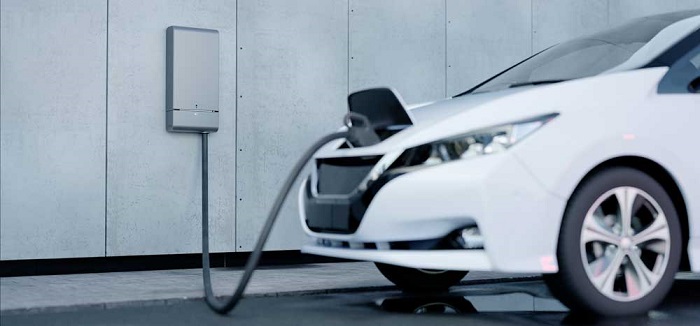
Understanding Level 1 EV Chargers
Definition and function:
Definition: A Level 1 EV charger is a basic charging device designed to charge electric vehicles (EVs) using a standard household electrical outlet. It provides slow charging for EVs, making it suitable for overnight charging at home.
Function: The primary function of a Level 1 EV charger is to provide slow charging for electric vehicles, typically at a rate of around 3 to 5 miles of range per hour of charging. It uses a standard 120-volt household outlet, allowing EV owners to conveniently charge their vehicles at home without the need for specialized charging equipment.
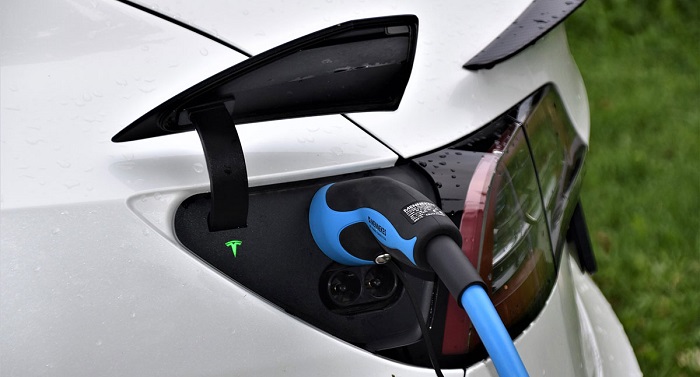
Comparison Between Level 1 and Level 2 Chargers:
While both Level 1 and Level 2 chargers can top up your EV, there are some key differences:
Differences in Charging Speed:
Level 1 chargers provide slower charging speeds compared to Level 2 chargers. While Level 1 chargers typically offer around 3 to 5 miles of range per hour of charging, Level 2 chargers can deliver faster charging rates, providing around 10 to 60 miles of range per hour of charging, depending on the EV and charger specifications.
Installation Requirements:
Level 1 chargers are easy to install and require no special installation beyond plugging the charger into a standard 120-volt household outlet. In contrast, Level 2 chargers typically require professional installation and potentially upgrading electrical infrastructure to support the higher voltage.
Factors to Consider Before Choosing a Level 1 Charger:
Compatibility with Your EV Model:
Ensure that the Level 1 charger you choose is compatible with your specific EV model. While most Level 1 chargers are compatible with a wide range of EVs, it’s essential to verify compatibility to ensure proper charging functionality.
Impact on Charging Time:
Consider the impact of using a Level 1 charger on your charging time. Since Level 1 chargers provide slower charging speeds compared to higher-level chargers, charging your EV to full capacity may take longer. Evaluate your charging needs and lifestyle to determine if the slower charging rate of a Level 1 charger meets your requirements.
Benefits of Using a Level 1 Charger
Level 1 EV chargers offer a unique set of advantages that make them a compelling choice for many electric vehicle owners.
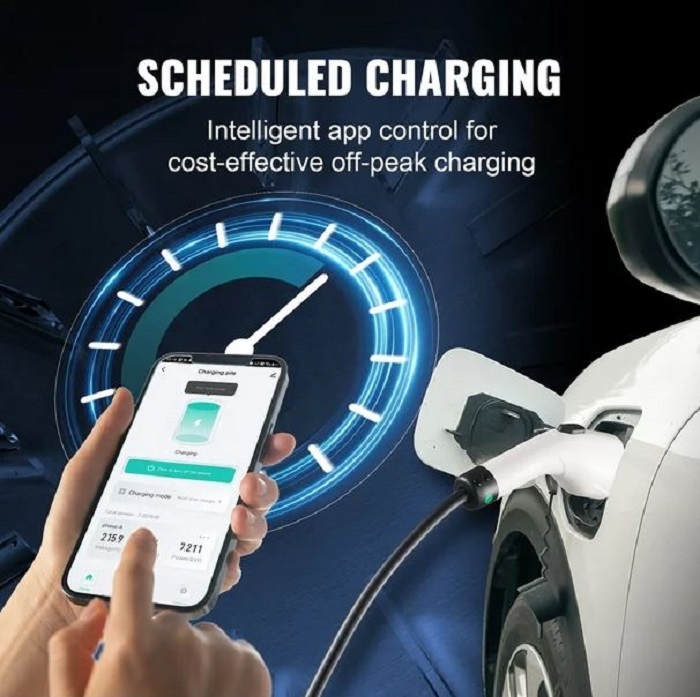
1. Convenience of Home Charging:
- Overnight Charging:
One of the primary benefits of using a Level 1 charger is the convenience of charging your electric vehicle (EV) overnight at home. With a Level 1 charger, you can simply plug your EV into a standard 120-volt household outlet, making it easy to integrate charging into your nightly routine.
This eliminates the need for frequent trips to public charging stations or dedicated charging stations at workplaces, allowing you to wake up to a fully charged vehicle each morning.
- Flexibility and accessibility:
Level 1 chargers offer flexibility and accessibility, as they can be used with any standard household outlet, making them suitable for a wide range of residential settings. Whether you live in an apartment, condominium, or single-family home, you can easily set up a Level 1 charger without the need for special electrical infrastructure or installation.
2. Cost-Effectiveness of Level 1 Charging:
- Affordability:
Level 1 charging is the most cost-effective charging option for EV owners, as it requires minimal investment in charging equipment and infrastructure.
Unlike higher-level chargers that may require professional installation or dedicated charging stations, Level 1 chargers can be plugged into existing household outlets, eliminating the need for additional setup costs.
This makes Level 1 charging an accessible and budget-friendly charging solution for EV owners, particularly those on a tight budget or looking to minimize their charging expenses.
- No Additional:
Fees Another cost-saving aspect of Level 1 charging is the absence of additional fees or subscription costs associated with public or commercial charging stations.
With a Level 1 charger, you can charge your EV at home using your existing electricity supply without incurring any additional charges beyond your standard utility bill.
This not only saves you money but also provides peace of mind knowing that you have a reliable and affordable charging solution readily available whenever you need it.
Deeper Dive into Level 1 EV Chargers
Level 1 EV chargers offer a unique set of advantages and disadvantages, making them a suitable choice for specific situations.
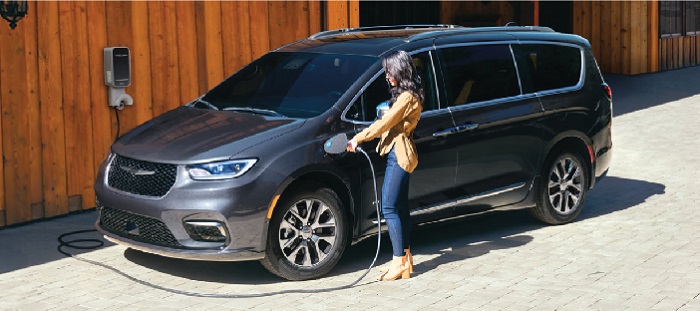
1. Pros and Cons of Using a Level 1 Charger:
Pros:
- Effortless Convenience: Level 1 chargers are the epitome of convenience. They plug directly into a standard 120-volt outlet, eliminating the need for special installation or searching for charging stations. Simply plug it in at home and let it charge overnight.
- Budget-Friendly: Level 1 chargers are the most cost-effective way to charge your EV. No installation costs are involved, and you can potentially leverage off-peak electricity rates for additional savings.
Con:
- Slow and Steady Wins the Race (But Takes a While): The biggest drawback of Level 1 chargers is their slow charging speed. Typically, they add only 3-5 miles of range per hour, making them unsuitable for situations where you need a quick charge.
2. Level 1 vs. Other EV Chargers:
While Level 1 chargers offer convenience and affordability, there are other options for faster charging:
- Level 2 Chargers: These chargers, typically requiring a 240-volt circuit installation, offer significantly faster charging speeds (3–8 hours for a full charge). They’re ideal for those who need a quicker turnaround or have longer commutes.
- Level 3 Chargers (DC Fast Chargers): These are the speed demons of the EV charging world, providing enough power to add hundreds of miles of range in just 20–30 minutes. However, they are typically found at public charging stations and are not suitable for home use due to their high power requirements.
3. Is a Level 1 Charger Suitable for Home EV Charging?
Absolutely! Level 1 chargers are a great fit for home charging in several scenarios:
- Overnight Charging: If you have a predictable charging routine and primarily use your EV for daily commutes, a Level 1 charger can keep your battery topped up overnight.
- Shorter Commutes: For those with shorter commutes, a Level 1 charger’s slower speed might not be a significant drawback. Simply plug in your car when you arrive home, and it will be fully charged by the morning.
- Limited Budget: If you’re on a budget and cost is a major concern, a Level 1 charger is an excellent choice. It eliminates installation costs and leverages your existing household wiring.
In conclusion, Level 1 chargers are a convenient and cost-effective way to charge your EV at home, particularly for those with predictable charging routines and shorter commutes. However, if you need a faster charging solution for longer trips or require a quick turnaround, exploring Level 2 chargers might be a better option.
Using a Level 1 Charger at Home
Level 1 chargers are all about ease of use, making them a breeze to integrate into your home charging routine.
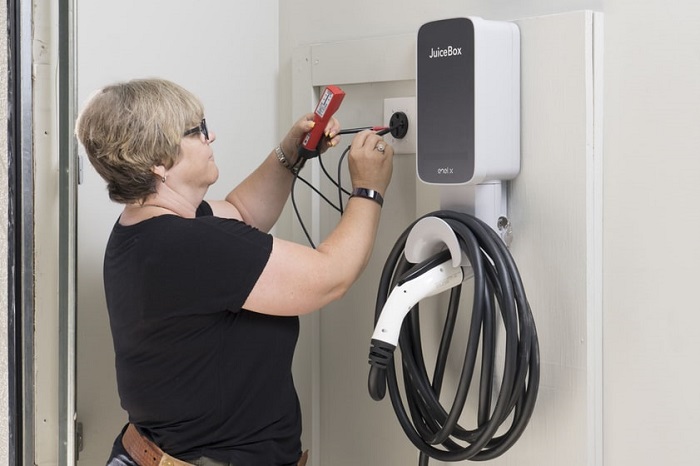
- Installation Simplicity:
The beauty of Level 1 chargers lies in their plug-and-play nature. Unlike higher-level chargers that might require a dedicated circuit installation, Level 1 chargers don’t typically need any special installation. They are designed to connect directly to a standard 120-volt household outlet, just like any other appliance in your home.
- Universal Charging Port Compatibility:
Thankfully, there’s no need to worry about compatibility hassles. Most electric vehicles sold in North America utilize the J1772 charging standard.
This means that your Level 1 charger, equipped with the J1772 plug, will work seamlessly with your car’s charging port in most cases. Always double-check your car’s manual for confirmation, but typically, the J1772 standard ensures widespread compatibility.
- Level 1 Charger Options (Optional):
While Level 1 chargers offer a basic functionality of charging your EV, there might be some variations to consider:
- Portable Level 1 Chargers: These chargers are compact and lightweight, making them ideal for travel or situations where you need more flexibility. They come with a standard plug and can be easily stored in your car’s trunk.
- Stationary Level 1 Chargers: These are wall-mounted units that offer a more permanent charging solution for your garage. They might come with additional features like a status indicator or a cable management system.
Both portable and stationary Level 1 chargers provide slow but steady charging for your EV. The choice depends on your specific needs and preferences.
Tips for Level 1 EV Charger Users
Now that you’re equipped with knowledge of Level 1 EV chargers, here are some helpful tips to optimize your home charging experience:
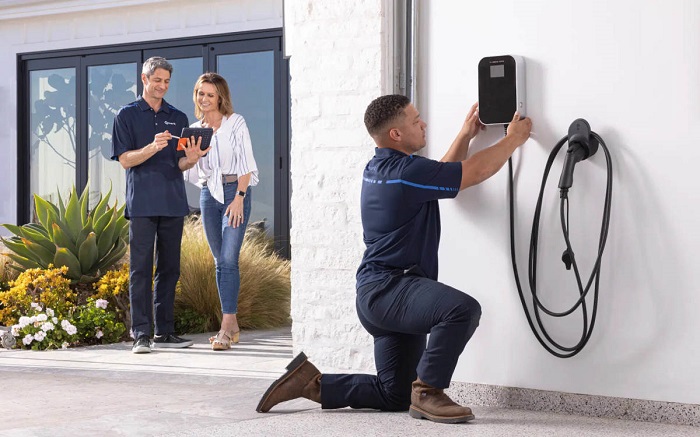
1. Charging Time Estimates with Level 1 Chargers:
Charging time with Level 1 chargers can vary depending on factors such as the battery size of the electric vehicle (EV) and the level of charge when starting the charging session.
As a general guideline, Level 1 chargers typically provide around 3 to 5 miles of range per hour of charging.
For example, if your EV has a battery capacity of 50 kWh and the Level 1 charger delivers an average of 4 miles of range per hour, it would take approximately 12 to 20 hours to fully charge the battery from empty to full.
2. Charging Cable Requirements for Level 1 Charging:
Level 1 chargers usually come with a charging cable included as part of the package. This cable is equipped with a connector plug compatible with the J1772 standard, which plugs into the charging port of the EV, and a standard NEMA 5-15 plug, which plugs into a standard 120-volt household electrical outlet.
EV owners typically do not need to purchase a separate charging cable for Level 1 charging unless they require an additional cable for charging at multiple locations.
3. Maximizing the Efficiency of Level 1 Charging (Optional):
For those interested in maximizing the efficiency of Level 1 charging, consider the following tips:
- Charge During: Off-Peak Hours If your utility provider offers time-of-use electricity rates with lower rates during off-peak hours, consider charging your EV overnight or during these periods to take advantage of lower electricity costs. This not only saves money but also helps distribute electricity demand more evenly throughout the day, reducing strain on the grid during peak hours.
- Manage Charging: Schedule Use the scheduling features available on some EVs or charging equipment to program charging sessions to start and stop at specific times. This allows you to optimize charging based on your daily routine and take advantage of low-demand periods for charging. Additionally, scheduling charging sessions to coincide with periods of higher renewable energy generation, such as during sunny or windy days, can further reduce the carbon footprint of charging your EV.
Level 1 EV chargers, also known as trickle chargers, are the most basic type of charger available for electric vehicles. They utilize a standard 120-volt household outlet, making them readily accessible and convenient for everyday charging.
While their charging rate is slower than other options, typically taking 8–12 hours to fully charge an EV battery, they are ideal for overnight charging or topping off the battery during the day.
Level 1 chargers are a cost-effective solution for drivers with shorter commutes or access to charging at home or work. They are also suitable for plug-in hybrid vehicles with smaller battery capacities.
Level 2 or Level 3 chargers, on the other hand, may be more suitable for those who require faster charging times or travel longer distances.

Henry Michael is a leading expert in EV charging station research, specializing in innovative solutions for electric vehicle infrastructure. With a passion for sustainability and technological advancement, he is dedicated to advancing the accessibility and efficiency of EV charging worldwide.

